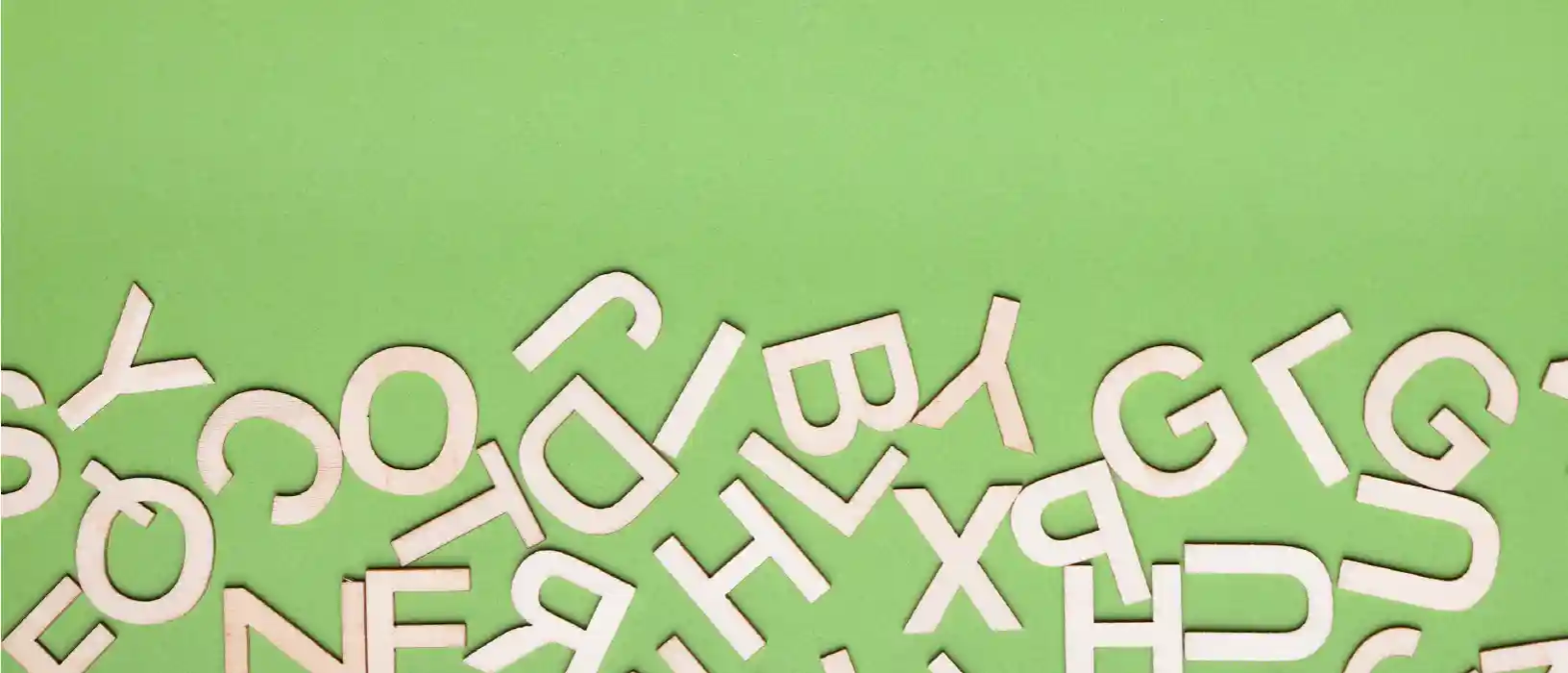
Fonts are incredibly versatile and can be full of underlying expression. Certain fonts can symbolise specific attributes, which is why some industries favour certain styles. For example, designer fashion brands often opt for sophisticated fonts, with thinner, more elegant strokes, conjuring a chic, high quality image. These font choices are designed to attract their target audience of affluent, fashion-focused consumers.
Serif vs sans serif
Serifs are the small lines or strokes at the edges of individual letters, that are found in serif fonts. Sans serif fonts don’t include these flourishes, making for a sleeker, more modern look than their serif counterparts. Although it is something so small, the inclusion or exclusion of these little components can make all the difference to the overall look of a font.
Serif fonts are said to be more traditional and portray reliability and integrity, which is why they are commonly seen in broadsheet newspaper headers, as they have done for centuries.
On the other hand, sans serif text is modern and blocky, making more of a statement with its contemporary style. There's an abundance of variations within these categories, making it difficult to narrow them down. Both are subjective and have their pros and cons.
As with most things, opinions vary from person to person, but there are common themes within target audiences. In terms of serif and sans serif, younger people tend to prefer sans serif due to being exposed to the less fussy style of font in school text books and most modern advertising – it is what they are more accustomed to. Trends change through the decades, though, so if we see a major shift back towards serif fonts, generational preferences are also likely to change.
Stepping outside the norm
There are other styles of font that don’t strictly fall under the sans or serif font categories. Several of these are listed below:
Slab: these are chunky and eye-catching fonts that are a good option for logos and headers as they are clear to read.
Script: script font is full of variety as it emulates a handwritten style which, depending on the chosen font, covers an array of different handwriting. Commonly it is more luxurious, with elongated flowing letters. Due to this, it is often featured on wedding invites. It is also popular with bloggers as they like that it gives their blogs a more authentic style, as if they were showcasing a genuine snippet from their diary.
Stencil: these fonts are normally all capitalised letters, creating a statement. They can give off an almost aggressive, grungy feel. Due to stencils being traditionally used in the armed forces to mark equipment, storage and transportation - this is what people commonly think of when they see stencil text. Historically, stencils were practical solutions for uniformly spray-painting lettering on military equipment or vehicles, and this distinction has become universally recognised. This highlights how font use leads to long-lasting association.
How to pick your font?
You need to consider what message you are trying to get across to the consumer. What do you want your font to say about your brand? Having a bespoke font is an option - if done well it gives you a unique edge, but can be expensive due to the amount of work required to make the font practical.
Colours also need to be well thought out. Think of Google for instance - their multi-coloured logo is instantly recognisable due to its simplicity and vibrancy. It is welcoming and approachable, which suits the brand, as over a billion people across the globe use Google daily.
When pairing your font and logo, keep in mind your brand guidelines. Brand guidelines are an essential reference for suppliers who have to work with your logo, such as artworkers or printers etc. The guidelines include information essential to maintaining the integrity of your brand, such as specific brand colours as Pantone references, fonts, icons and logo spacing rules. Brand guidelines can range from a PDF with just a few pages, right the way up to published tomes carrying hundreds of pages of information.
Trying out different styles and ideas before making your final decision is always wise, taking note of the opinions of your target market. It can be advantageous to link it to branding you have already built – embodying the colour scheme and personality that you have established. It sounds obvious, but another key consideration is making sure that your chosen font is readable.
The font you choose to represent your business can be a highly influential part of your branding, and so should be given careful consideration. Always bear in mind the potential message that your chosen aesthetics could be projecting to your audience, and ensure that as much as possible, all your marketing aligns with your brand, earning you better recognition and more quality conversions.
Hydra Creative have a decade of experience in Branding and Graphic Design, and know how to market your brand to achieve its full potential. Get in touch to discuss how we can help you with your next project.
